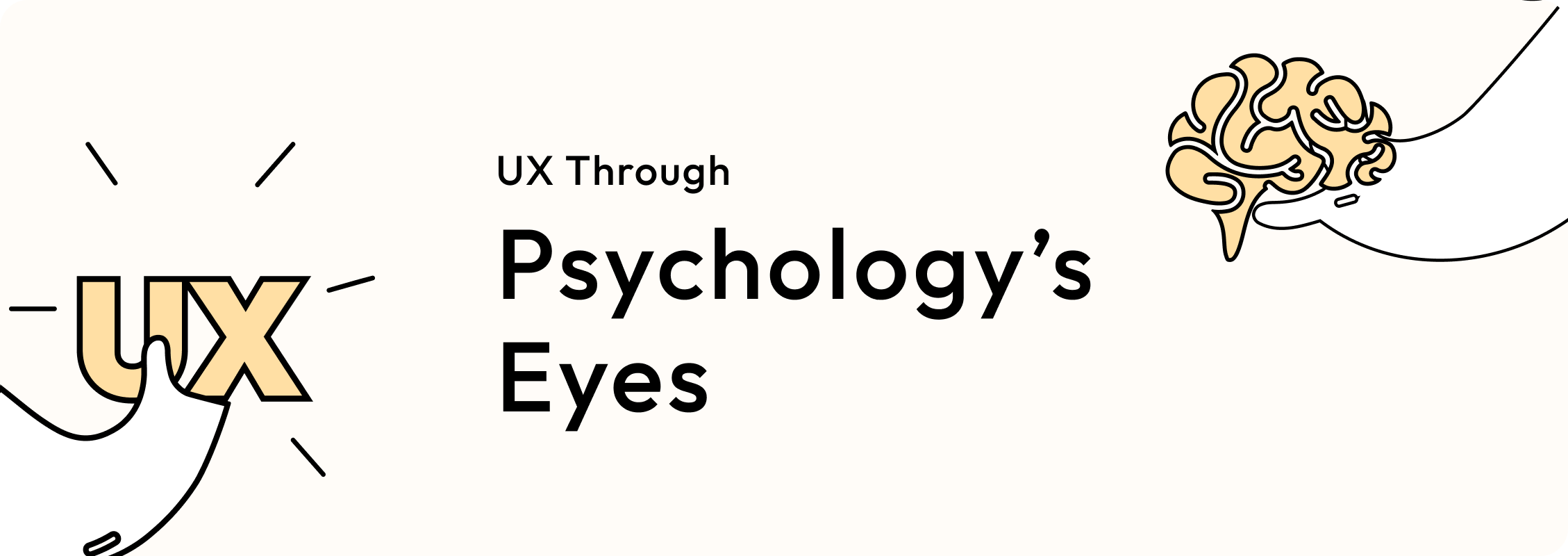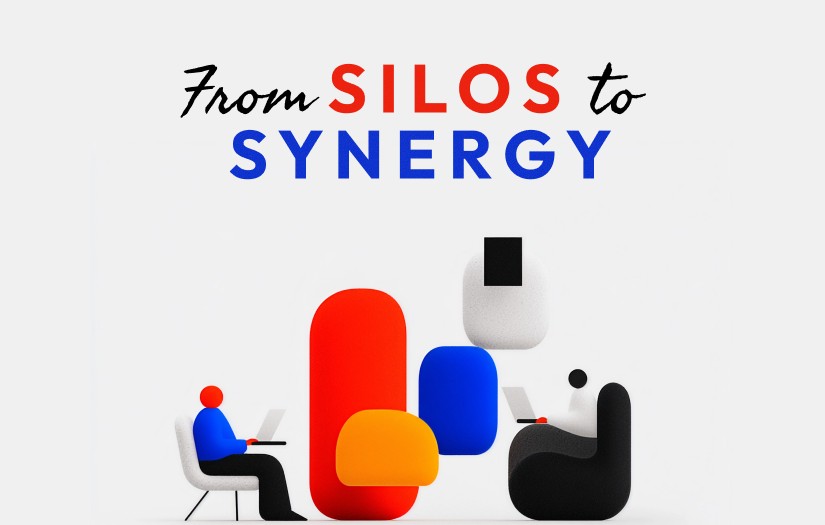Blogs
The Psychology of UX
Nandini Pandey
Posted On January 16, 2025

When I think about how my training as a psychology student prepared for UX Research, I can’t help but see it as the perfect foundation.
Psychology taught me to ask questions about people—why we act the way we do, how we think, and what drives our decisions. In UX, I get to take those questions into the real world, working at the intersection of behavior, technology, and design. Every skill I gained during my time as a student of psychology serves to help me become a better researcher.
One of my first classes was about cognitive psychology, where we started by discussing cognitive load- our brains can only process so much information at once. Back then, the concept seemed well-suited for attention, memory, and multitasking. But years later while evaluating a financial services app with a busy homepage, that lecture came rushing back to me, and helped me realize that the app was asking too much of our users. Knowing the concept of cognitive load did not just help me identify the problem, but also gave me the vocabulary to explain it to our stakeholders .
Psychology also taught me how to listen- to both words and the things left unsaid. During our conversations with participants, it is imperative to not only hear them, but understand what they mean. While testing the same financial services app, participants described a page as “fine”. But their low voice, coupled with hesitation, and a slight look of worry added a completely different layer to “fine”. Moments like this remind me to focus on the non-verbal. After all, it is not just what the user says, it is what the user does.
What adds the most depth to my depth is social psychology. Context is everything. Social psychology taught me that no behavior takes place in silos- people are always influenced by their environments as well as their past experiences.
Picture this: A lot of our usability testing work happens in controlled lab settings where we ensure all conditions are ideal- the temperature is neither too hot nor too cold, there is minimal noise, and the seating is comfortable. In such cases, participants often breeze through tasks. But if we test the same app when the participant is commuting or at home during dinner rush, the experience might be completely different! If a user struggles with a design, it might not be just the design- it could be the participants’ context or their mental models.
My training in psychology not only allows me to become a better researcher every day but also look at users in a different way- as whole people, and not just participants in a test room. Understanding them requires empathy, curiosity, and a willingness to dive deep. It is about taking everything psychology taught me- about cognition, behavior, and emotion, and using it to create experiences that help real people in the real world.


